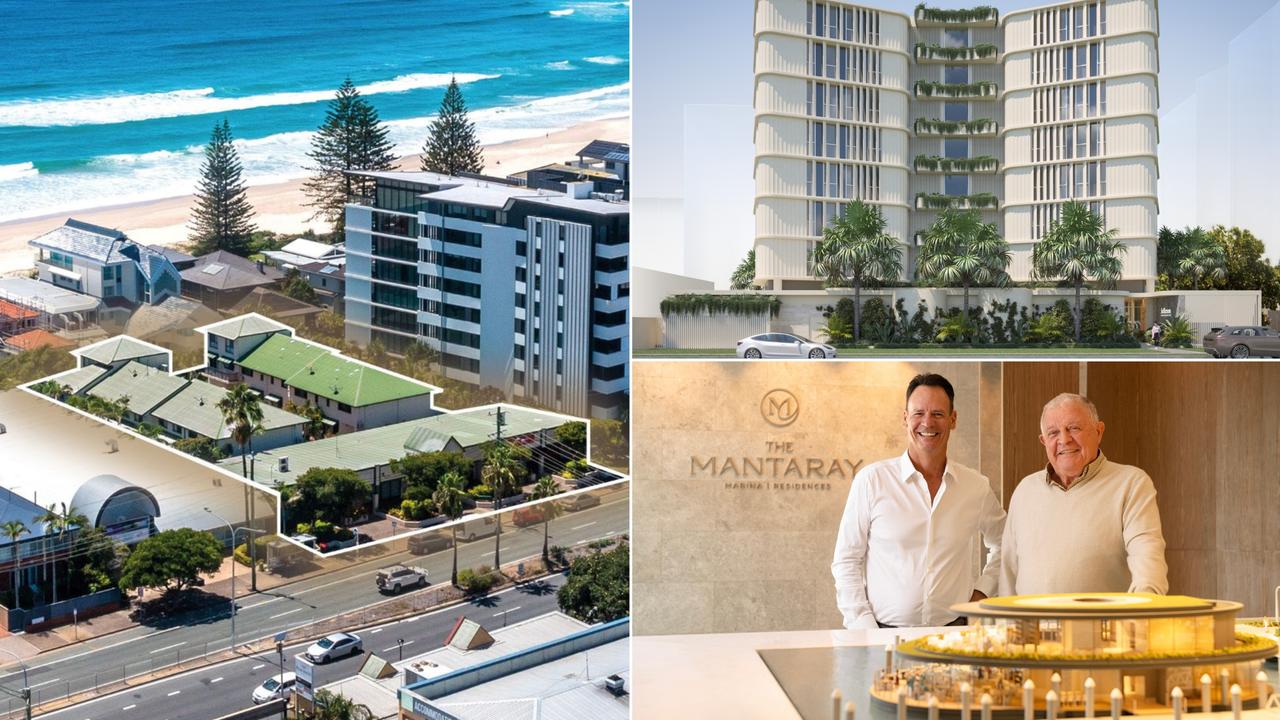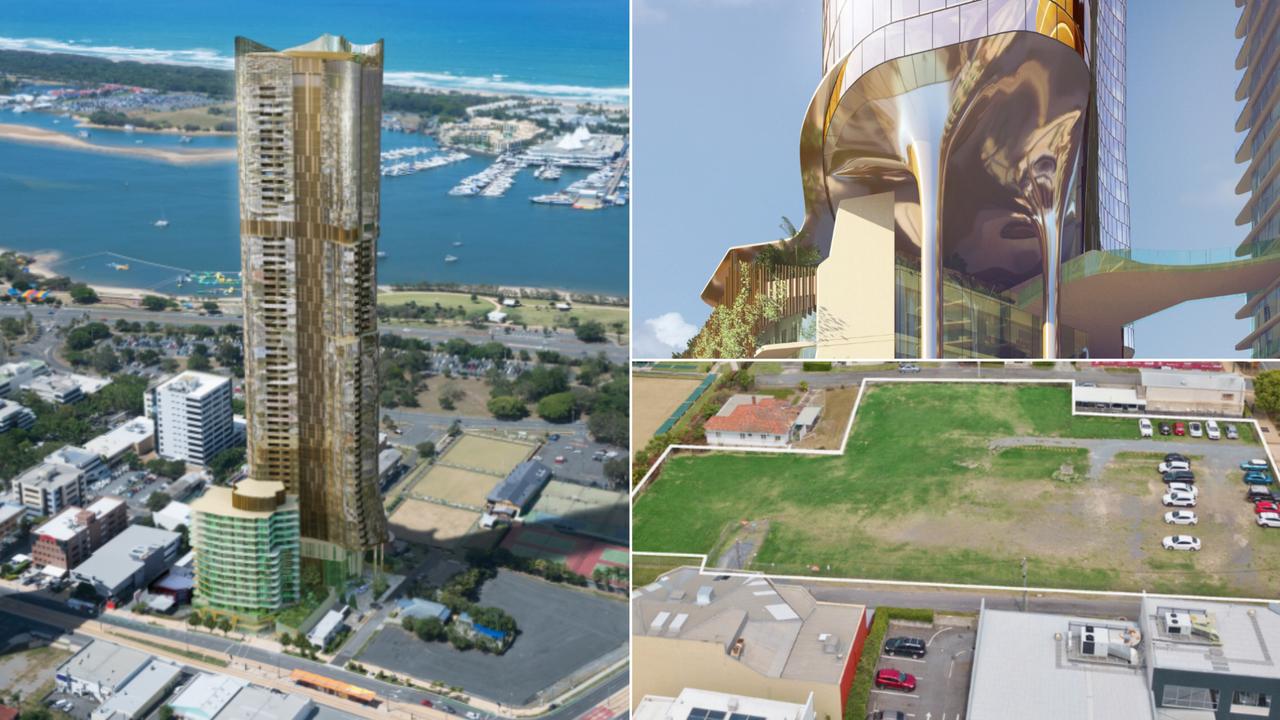Interest rates Australia: Homeowners warned: don’t ‘chase rates’
With lenders already hiking interest rates and the RBA set to follow, homeowners need to start planning now to minimise mortgage ‘pain’, experts say.
Property
Don't miss out on the headlines from Property. Followed categories will be added to My News.
It’s time to hunker down and start saving ahead of an interest rate rise.
While the Reserve Bank has kept the cash rate on hold for the next month, mortgage holders and those about to buy a home could soon be hit with higher interest rates from lenders even if the cash rate stays at its current level until 2023.
Fixed rates have already been steadily increasing since October last year despite no movement from the RBA.
At the same time, variable rates have been going down. RateCity data shows that over the past three months, 81 lenders have hiked their three-year fixed rates while 65 have cut their variable rates.
But this could soon change.
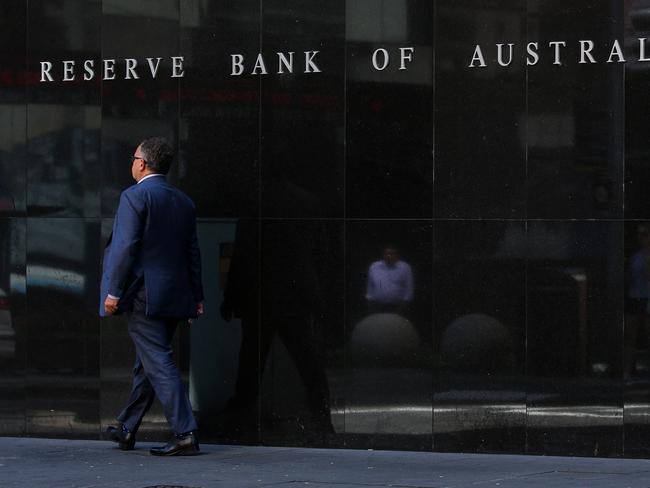
RateCity director of research Sally Tindall said variable rates may start increasing this year ahead of any movement from the RBA.
“Some economists are predicting an official rate hike by the end of this year by up to 0.40 per cent,” she said.
“This could see the average mortgage holder’s repayments rise by $102 a month, based on an owner occupier paying principal and interest with $500,000 owing and 25 years remaining on their loan.”
“Even if the central bank doesn’t hike rates this year, it’s entirely possible banks will.”
Ms Tindall said existing mortgage holders could prepare for a rate rise by negotiating a cheaper rate with their bank.
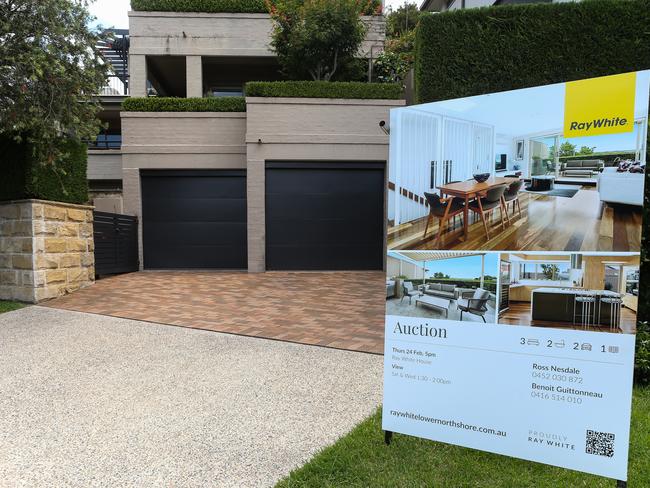
“That way, if variable rates rise, you’ll at least be coming off a low base,” she said.
While the average new customer is able to get a home loan with a variable rate of 2.59 per cent, RBA data has revealed that the average existing customer is on a rate of 2.98 per cent.
“That’s a 0.39 per cent difference worth haggling for,” Ms Tindall said.
She suggested borrowers funnel savings earned from a lower rate into their loan in order to pay it down quicker.
“The lower your loan size is when rates do rise, the less pain you will feel,” she said.
Mortgage Choice CEO Susan Mitchell said homebuyers should save as much as they can while speaking with a broker to find out what the extra cost will be when rates increase.
“If you’re not ready to go and speak to a broker, start playing around with some of the
calculators online and see what happens to your mortgage payment when those rates go
up,” Ms Mitchell said.
“Ask yourself, ‘if I look at my cashflow, am I comfortable with that’?”
ME general manager John Powell said borrowers should examine how any rate hikes would impact their money goals. He recommended borrowers scale back credit card or personal loan debt and consider locking in a fixed rate if they think a modest increase will be hard to manage.
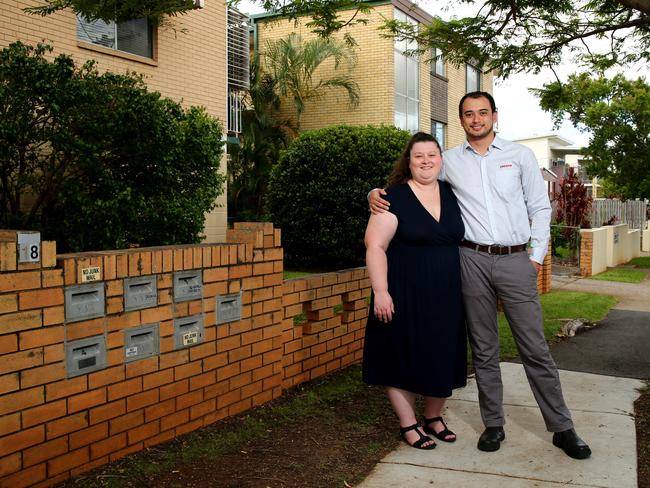
Lendi CEO David Hyman said it was important to remember that buying property was not about simply “chasing rates.”
“Buyers need to think about their broader lifestyle goals and plans to ensure they can meet future expenses if and when rates increase,” Mr Hyman said.
“For an increased sense of certainty, buyers may want to explore splitting their loans or setting up features such as offset accounts or making extra repayments while rates are low.”
FIVE WAYS YOU CAN PREPARE FOR AN INTEREST RATE RISE
1. Negotiate a lower interest rate now – RateCity director of research Sally Tindall recommends negotiating with your current lender to see if they will reprice your variable interest rate in line with what is being offered to new customers. This means when rates do start to rise, they will increase from a lower base.
2. Consider refinancing – if your lender won’t match the rate they offer new customers, consider moving to another lender that offers a more competitive rate. Make sure you assess whether the terms and conditions of the loan meet your goals and objectives before deciding to switch.
3. Reduce your rate but not your repayment size – by keeping repayments the same as they were when your interest rate was higher, it may be possible to pay

off your loan sooner or minimise the impact of a future rate rise.
4. Make extra repayments into your loan – RateCity data shows that for a borrower with $500,000 owing and 25 years remaining on a mortgage with a 2.98 per cent interest rate, paying an extra $100 a month could save them about $13,562 in interest charges and reduce the term of their loan by one year and four months, not taking into account future rate changes over the 25 years.
5. Plan for when the fixed rate term ends – You may have locked in an ultra-low fixed rate last year, but how will you meet higher interest rates when the fixed term expires? Since most fixed rate loans typically include caps on extra repayments, Ms
Tindall suggests saving any extra money outside your loan and making extra repayments once the fixed term ends.



